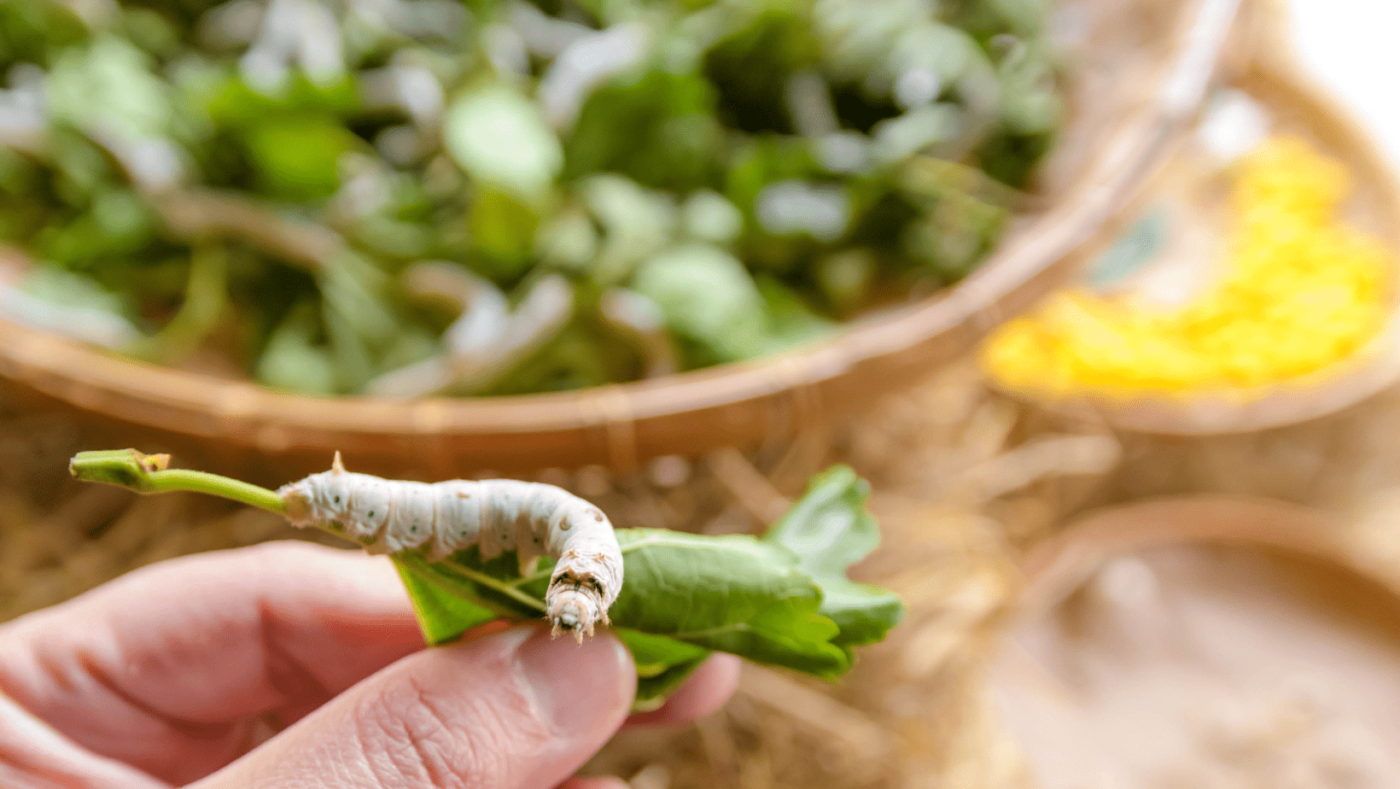Blog
Metabolomic Differences Between Silkworms (Bombyx mori) Reared on Fresh Mulberry (Morus) Leaves or Artificial Diets
The silkworm bombyx mori is the most important organism for producing silk. The insects are raised in a combination of natural and artificial conditions, but little is known about their physiology under these conditions.
“There are several possible uses for silkworms raised on an artificial diet. But, uncertainty exists regarding how modifying the silkworm diet improves metabolic utilisation,” Joshua Bennett, managing director at Losing Weight Fast.
If you are interested to learn about the differences between larvae reared on fresh mulberry leaves (FF) and those on artificial diets (AD), keep reading this article.
Silkworms Raised on Fresh Mulberry Leaves (FF)
One of the critical differences between larvae reared on fresh mulberry leaves and those reared on artificial diets was their metabolomic profiles.
Based on metabolomic analyses, the larvae reared on mulberry leaves had lower levels of specific metabolites involved in energy metabolism than those fed the artificial diet.
Silkworms feeding on mulberry leaves show more remarkable growth and rapid development and can reach the pupa stage much sooner than those reared on artificial diets. This is likely due to fresh mulberry leaves’ higher protein content than artificial diets.
Additionally, silkworms fed on fresh mulberry leaves exhibit a significantly higher metabolic profile than silkworms raised on artificial diets. They also have altered levels of several important signalling molecules, such as insulin-like peptides and juvenile hormone esters.
These findings highlight the importance of understanding these insects’ nutritional needs and physiology to ensure sustainable and prosperous silk production.
Silkworms Fed on Artificial Diets (AD)
While it is clear that silkworms raised on fresh mulberry leaves are more metabolically active, there may be some advantages to growing them on artificial diets.
For example, the cost of feeding large insects is high when relying on a consistent supply of fresh mulberry leaves.
In addition, larvae reared exclusively on mulberry leaves tend to have higher rates of parasitism and disease than those fed artificial diets.
Thus, by switching to artificial diets under certain conditions, it may be possible to reduce overall costs and improve the health and longevity of silkworms.
It was also discovered that larvae reared on artificial diets had higher levels of specific metabolites involved in energy metabolism than those fed fresh mulberry leaves.
This is likely due to artificial diets’ lower protein content than fresh mulberry leaves. Consequently, they also have altered levels of several important signalling molecules, such as insulin-like peptides and juvenile hormone esters.

Let’s Review
We know that silkworms are an essential part of the economy and culture in many countries, from growing silk for clothing to being used as a food source. They have fascinated scientists for centuries.
Thanks to modern technology and scientific advancements, we can now look at what’s going on at the genetic level – specifically, their metabolomes – and learn how they differ between those who eat fresh mulberry leaves and those who eat artificial diets.
Get to Know More
Overall, studying metabolomics differences between silkworms raised on different diets is an intriguing area of research that has the potential to benefit society in many ways. Who knows what else we might learn next?
To stay updated about silkworms and if you’re looking for a unique pet, check out Everything Silkworms!
Everything Silkworms is a reputable silkworm supplier in Australia committed to breeding silkworms and assisting you in doing the same. To ensure that their silkworms are of the most outstanding quality available in Australia, Everything Silkworms only provides the best and freshest Mulberry Leaves for their silkworms to eat.

